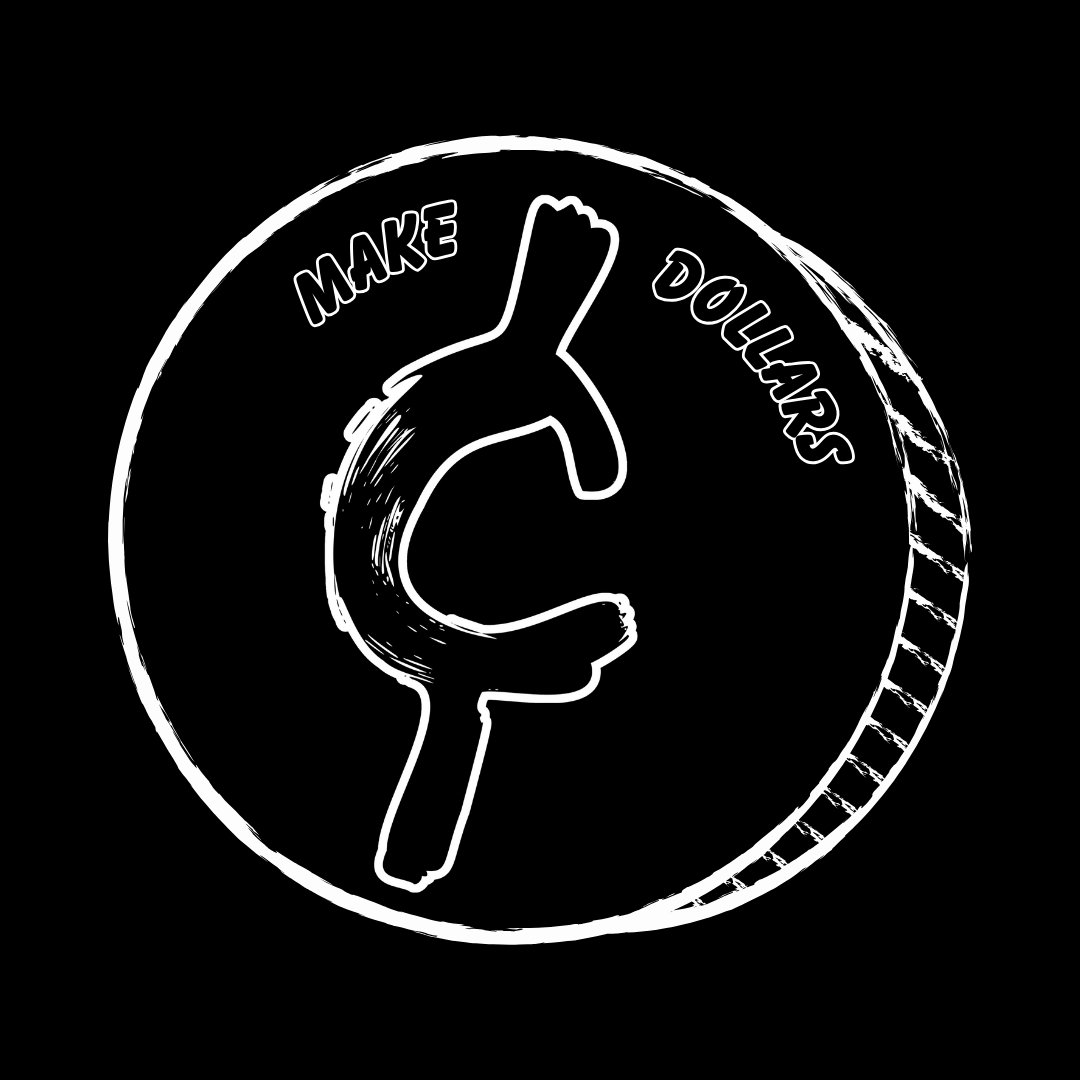Silver Coin Melt Values Explained
When silver prices rise, collectors and even casual finders start digging through drawers and rolls, hoping their old coins are worth more than face value. But not all silver coins are created equal — and most of their value depends on one key number: the melt value.
In this guide, we’ll break down what “melt value” really means, how to calculate it, and which U.S. coins actually contain silver.
What Is Melt Value?
The melt value of a silver coin is the current market value of the silver it contains, based on today’s silver spot price.
It doesn’t matter what’s printed on the coin — $0.25, $1.00, or $0.50 — melt value is purely about the metal content, not the face value or collector appeal.
For example:
If silver is $30 per ounce, and your coin contains 0.715 ounces of silver, then its melt value is roughly $21.45 (before dealer premiums or loss).
💡 Quick Tip: A coin’s numismatic value (collector appeal) can be much higher than its melt value — but for common silver coins, melt is a great starting point.
How to Calculate Melt Value
You can easily calculate a coin’s melt value using this formula:
Coin Weight (oz of silver) × Current Silver Spot Price = Melt Value
Example (for a 1964 Kennedy Half Dollar):
0.3617 oz × $30 = $10.85 melt value
If you have multiple coins, just multiply by quantity:
10 half dollars × $10.85 = $108.50 in silver content
🧮 Tip: Use real-time melt calculators (like on coincollectingtools.com) to instantly convert silver coin weights to dollar value based on the live silver price.
Why Melt Value Changes Constantly
Because melt value is based on the spot price of silver, it fluctuates daily — even hourly.
A coin worth $9 in silver today might be worth $12 next week if silver spikes, or $7 if it drops.
Collectors and investors track these swings closely, especially when silver approaches major price thresholds like $25 or $30 per ounce.
Should You Sell for Melt Value?
It depends on the coin.
✅ Sell for melt value if:
The coin is common (no rare dates or mint marks)
It’s heavily circulated or damaged
You’re focusing on silver stacking rather than collecting
🚫 Don’t sell for melt value if:
The coin is rare, low-mintage, or has collector demand
It’s certified, uncirculated, or proof quality
It’s part of a valuable set
Example: A 1921 Morgan Dollar has about $23 in silver content at $30/oz, but may sell for $40–$100+ depending on grade.
How to Check Live Silver Prices
To track melt values effectively:
Bookmark a live spot price chart (many bullion dealers update prices by the minute).
Use online calculators that adjust melt value automatically.
Download a melt-value app for real-time conversion on your phone.
Your website, coincollectingtools.com, can link directly to these tools — helping readers instantly check their coin’s silver value.
Final Thoughts
Understanding melt value is one of the most practical skills a coin collector can have. It’s the perfect bridge between collecting for fun and investing for metal value.
Whether you’re stacking silver coins, checking pocket change, or sorting through inherited collections, knowing the melt value ensures you never sell yourself short — and always recognize what your coins are really worth by weight.
